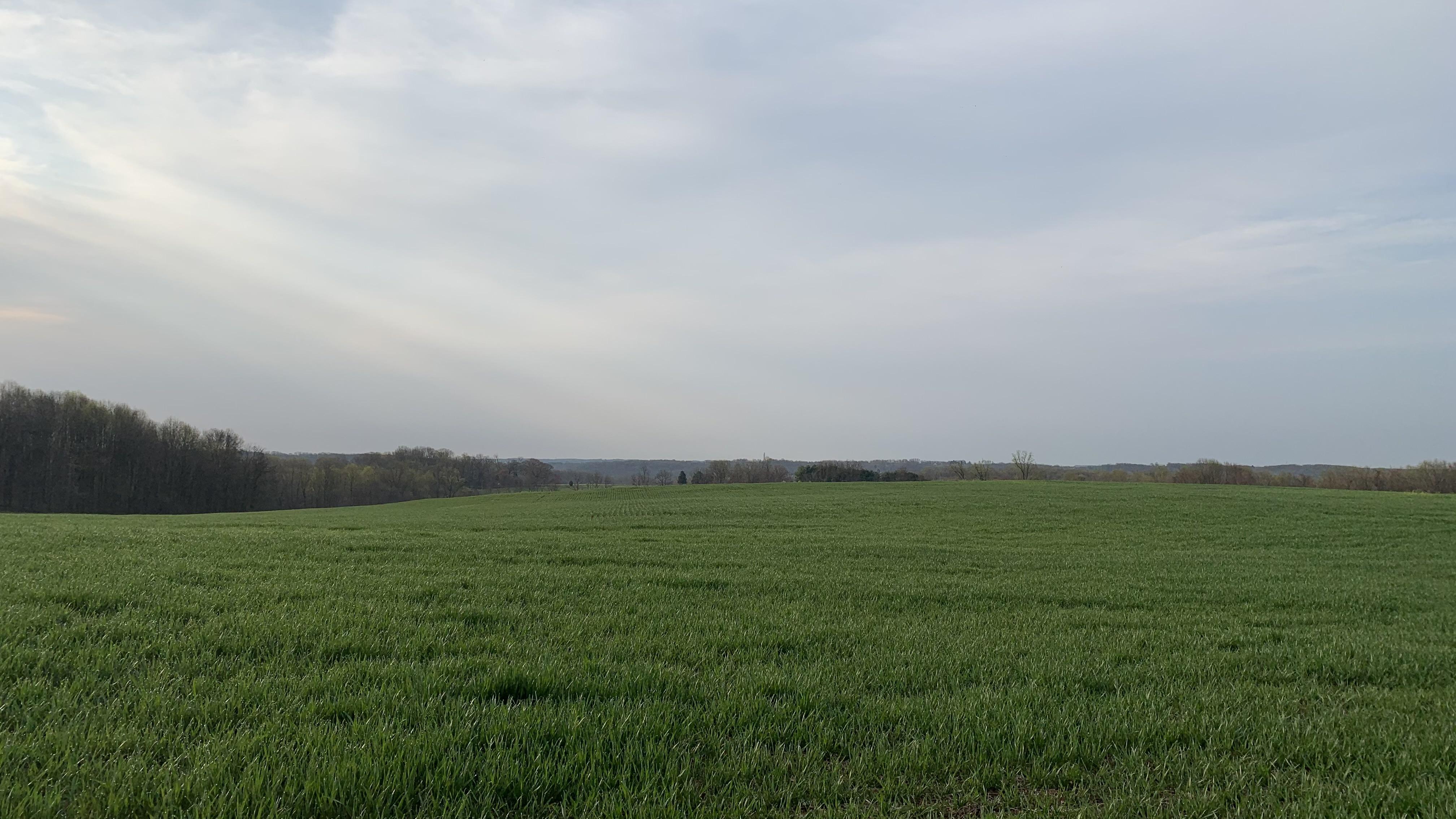Evaluating Wheat Stands
Depending on where you are in the state, small grains may have gotten off to a slow start or may have not established well enough in the fall to make a productive 2021 wheat crop. As wheat approaches jointing and we approach planting season, it may be a good idea to consider evaluating your wheat stands to help you determine if you should keep the crop for grain vs a cover crop, consider alternate uses, or terminate it to replant a different crop.
In order to accurately determine wheat stands you will need a yard stick (or any three-foot long stick) and a calculator. Place the stick along a row and count the number of plants in that three-foot section. Record this number and repeat this several times at random locations across the field that are representative of the field as a whole. I would recommend doing this at 15-25 locations to get an accurate average. Take your average and multiply it by four. Divide this number by your row width (in inches). The equation looks like this:
Example:
Plants per 3 ft. of row: (48+41+38+36+28+51+42+39+48+43+18+29+56+49+45)/15 = 40.7
(40.7 x 4)/7= 23.6 plants per sq. ft.
Alternatively, if your wheat is broadcast or flown on, you can calculate the number of plants per square foot by counting the number of plants in a 1 ft. x 1 ft. square or any other standardized form of measurement as long as you’re consistent (for example, you could use a hula hoop; just calculate it’s area).
To achieve maximum yield potential, stand density should be at least 22 plants/sq. ft. You may want to consider alternatives for stands fewer than 12-14 plants per square foot.
| Plants/sq. ft. | Yield Potential (%) |
| 30-35 | 100 |
| 22-28 | 100 |
| 18-21 | 90-95 |
| 15-18 | 75-80 |
| 12-14 | 60-70 |
*Some information adapted from the Penn State Agronomy Guide
This article appears in the Agronomy News April 2021 (Volume 12, Issue 1) newsletter.
